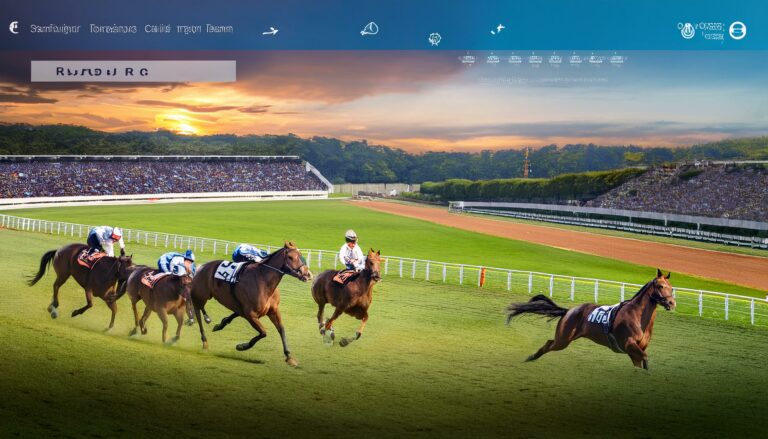Urban Beekeeping Tips
Playlotus365 Login, Sky247: Urban beekeeping offers a plethora of advantages for both the environment and the community. By supporting pollination in urban areas, beekeepers contribute to the flourishing of plant life and ecosystems. This results in more beautiful gardens and increased agricultural productivity, benefiting both urban dwellers and local farmers.\n
Furthermore, urban beekeeping provides a sustainable source of honey and beeswax, directly from the local environment. The act of harvesting honey can also be a therapeutic and rewarding hobby for many beekeepers, fostering a deeper connection to nature and promoting a sense of fulfillment within urban communities.
Selecting the Right Location for Your Beehive
Choosing the right location for your beehive is crucial for the success of your urban beekeeping venture. Bees need a sunny spot that is sheltered from strong winds and receives ample sunlight throughout the day. Additionally, it is important to place your beehive in an area that has easy access for you to check on the bees regularly and perform any necessary maintenance.
Avoid placing your beehive near areas with high foot traffic or where children and pets often play. Bees can become agitated when disturbed frequently, so it is best to position your beehive in a quiet and undisturbed corner of your yard or rooftop. Furthermore, make sure that there is a good source of nectar and pollen nearby to provide food for your bees year-round.
When selecting the right location for your beehive, consider the following factors:
• Ensure that the area is sheltered from strong winds to protect your bees.
• Choose a sunny spot that receives ample sunlight throughout the day for optimal bee activity.
• Place your beehive in an easily accessible area for regular monitoring and maintenance.
• Avoid high foot traffic areas to prevent disturbances to your bees.
• Look for a quiet and undisturbed corner of your yard or rooftop to position your beehive.
• Provide a good source of nectar and pollen nearby to ensure food availability for your bees year-round.
By taking these factors into consideration, you can create an ideal environment for your bees to thrive and produce honey effectively. Remember, the location of your beehive plays a crucial role in the success of urban beekeeping, so choose wisely.
Choosing the Best Beehive Design
When it comes to choosing the best beehive design, there are several factors to consider. The two most common types of beehives are Langstroth hives and top-bar hives. Langstroth hives are popular among beekeepers for their modular design, making them easy to manage and harvest honey from. On the other hand, top-bar hives are simpler in design and may be more suitable for beginner beekeepers looking for a more hands-off approach.
Another important aspect to consider when selecting a beehive design is the material it is made of. Wooden hives are traditional and widely used, but there are also options available in plastic and polystyrene. Each material has its advantages and disadvantages in terms of durability, insulation, and maintenance. Ultimately, the best beehive design for you will depend on your level of experience, beekeeping goals, and the local climate conditions.
Why is urban beekeeping beneficial?
Urban beekeeping helps increase bee populations, improves pollination for local plants, and provides urban dwellers with fresh honey.
How do I select the right location for my beehive?
Choose a location that gets plenty of sunlight, is protected from strong winds, and is not in a high-traffic area. Be sure to check local regulations on beekeeping in your area.
What are some popular beehive designs to consider?
Popular beehive designs include the Langstroth hive, the Top-bar hive, and the Warre hive. Each design has its own advantages and disadvantages, so choose one that fits your needs and preferences.
How do I maintain my beehive?
Regularly inspect your beehive for signs of disease or pests, provide your bees with enough food and water, and make sure they have enough space to expand their colony. It’s also important to harvest honey responsibly and not overharvest to ensure the health of your bees.






